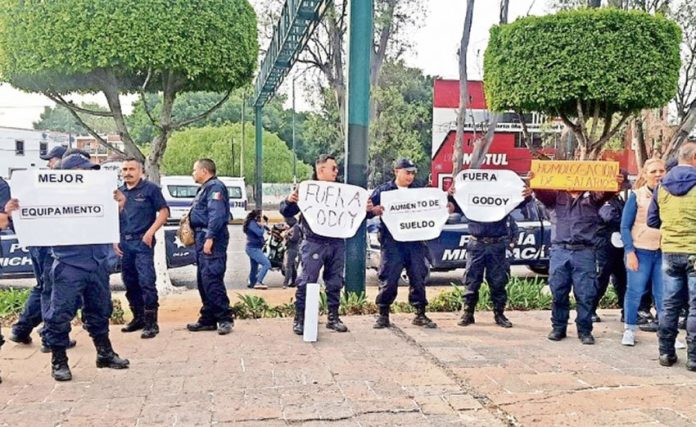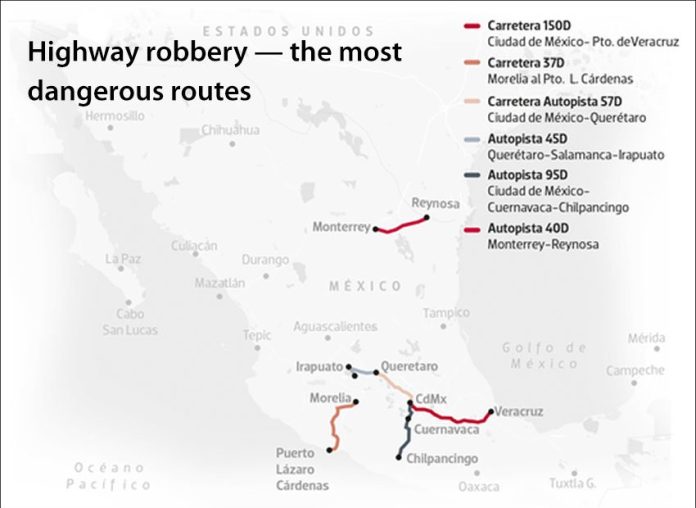An 83% hotel occupancy rate and record numbers of tourists in Yucatán ranked the state as a favorite during the Easter vacation period and represented a significant boost to the state’s economy.
According to the state Secretariat of Tourism, hotel occupancy was up by 29% over last year during the first week of the vacation period, followed by a more modest 9% increase during the second week.
Several cities registered higher hotel occupancy than the state average. Valladolid saw 90% occupancy in the first week compared to 54% last year, and a 16% increase in occupancy during the second week.
Similarly, Izamal had 91% hotel occupancy during the week leading up to Easter this year, compared to 44% last year.
The state’s famous archaeological sites also saw greater numbers of tourists: the Chichén Itzá area registered 75% hotel occupancy during the first week, up 35 points from 2018, while the second week saw 57.7% occupancy, marking an increase of 23.7 percentage points.
Uxmal also benefited from the tourist boom this year, registering 77% hotel occupancy in the first week compared to 47% last year.
Visitor numbers were estimated to have increased 12% during the first week compared to last year at 38,101, and 13% during the second week, with 38,641 visitors.
Source: El Economista (sp)









